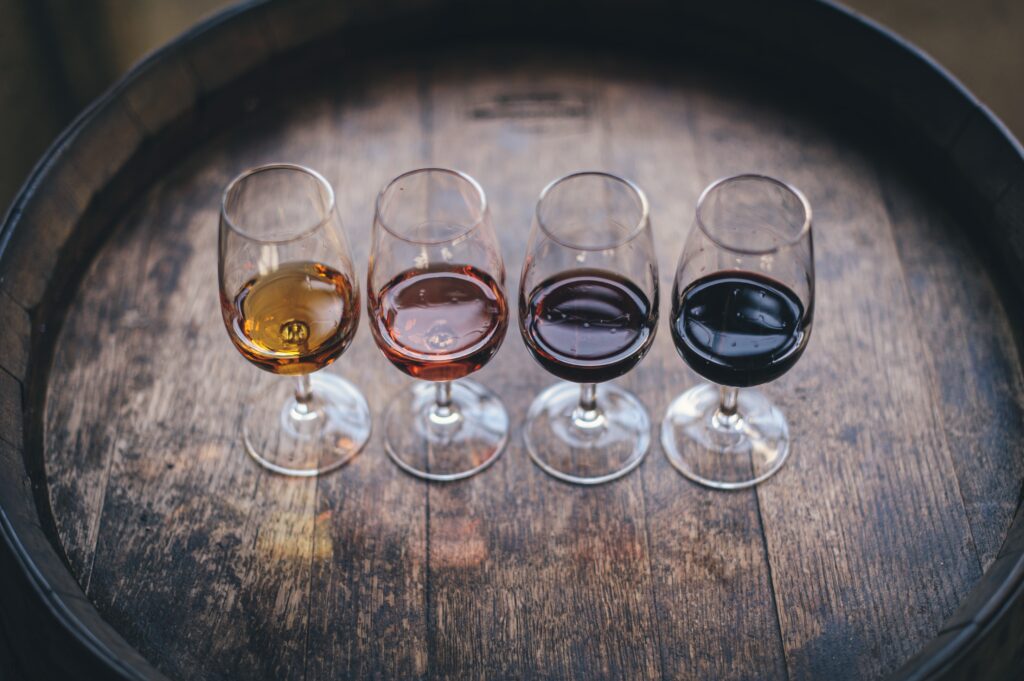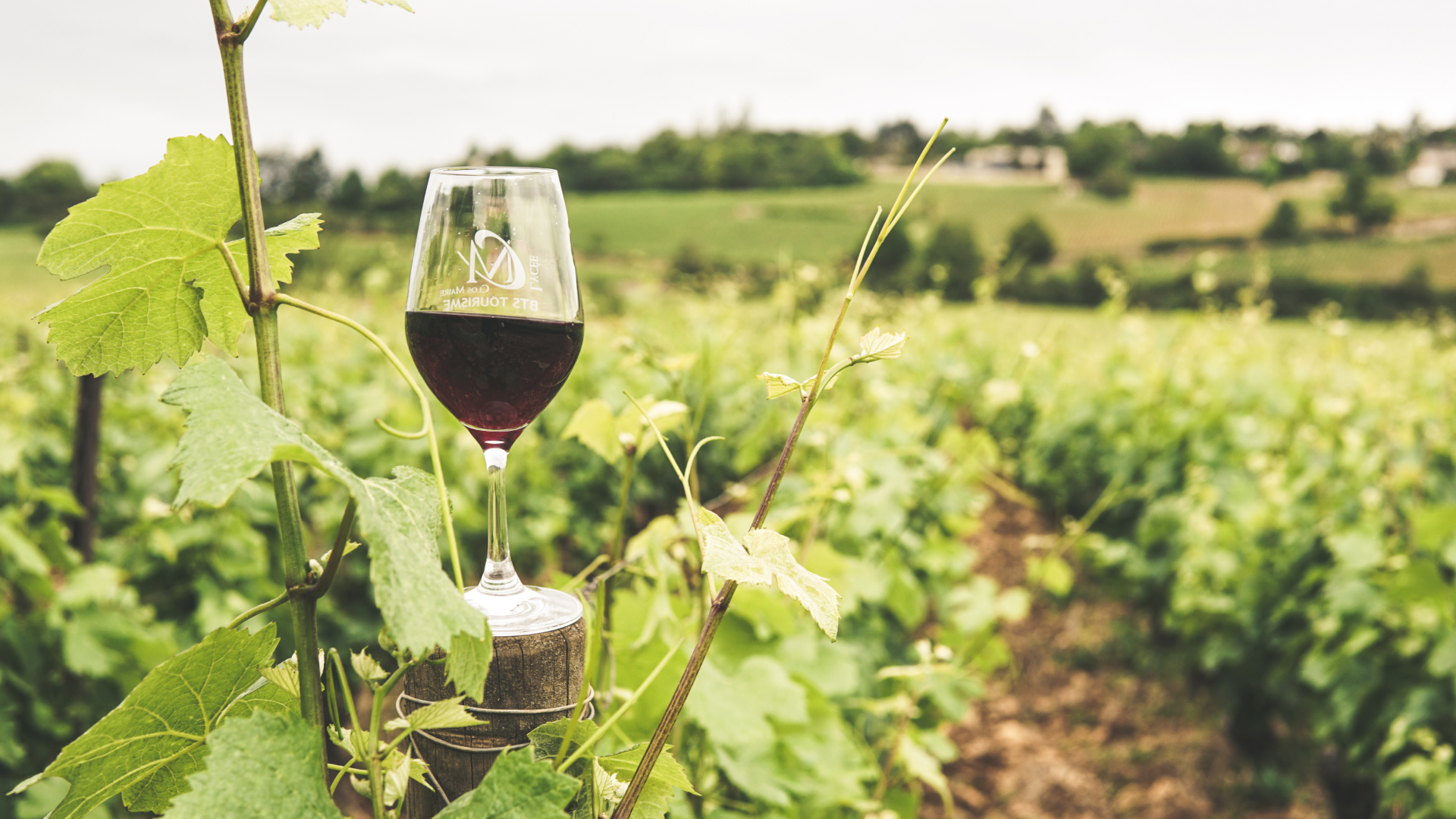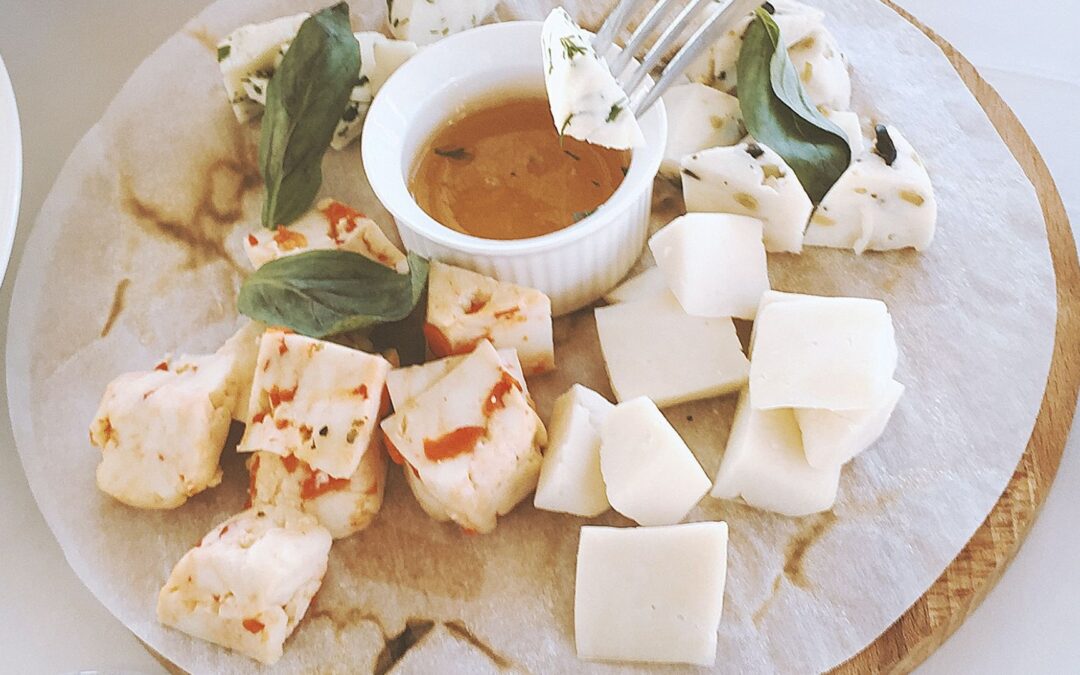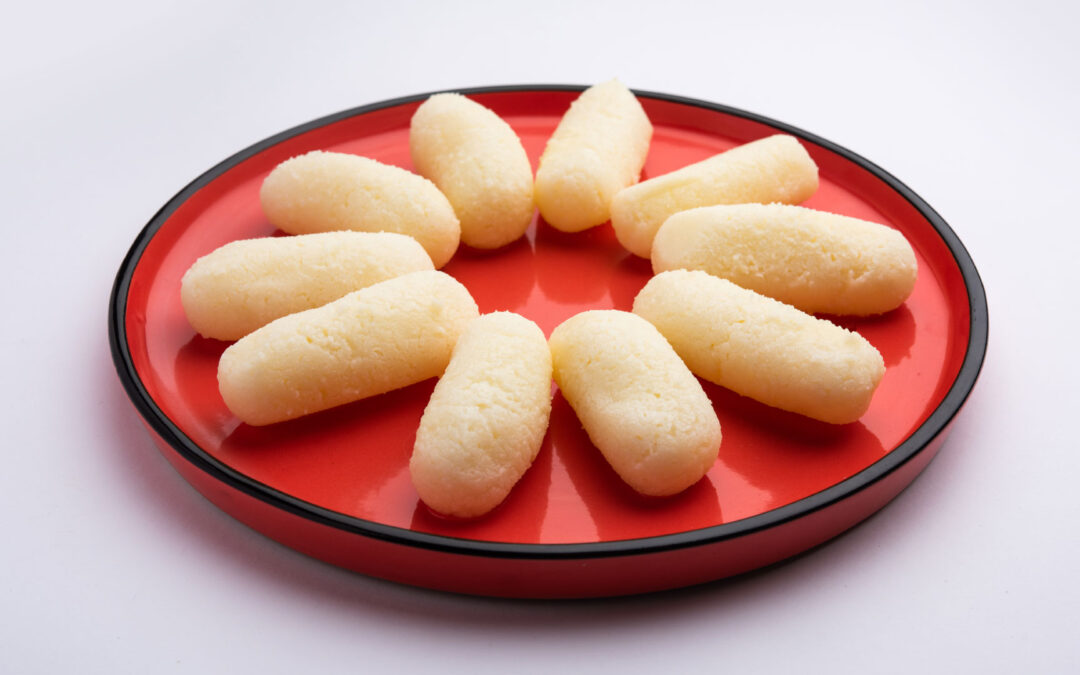For each one of us, wine can hold a different meaning and feeling. For some it’s a simple beverage to be enjoyed at mealtime, for others it’s a commodity, something sought after and collected. Though many people think of the intimidating side effects or negative compliments when they find wine, this is nothing but fermented grape liquor. In this article, we are going to travel to some of the finest wine regions of the world, and discover the secret of winemaking and the magic of the grape.
Wine is an alcoholic beverage item prepared mostly from various fermented grapes. Yeast is used as a major element like consuming the sugar in it. At the time of heat production, this sugar turns into ethanol and carbon dioxide. Diverse grape varietals and yeast strains play a big role in different wine styles. Although we are all familiar with various grapes from the fruit stand, the species of grape which has proven best to produce wine is called ‘Vitis Vinifera’ which means the wine grape. Wine was exported throughout the Roman Empire but Greeks are the main treasure holder at the beginning. The wine tray dots the landscape of the ancient world. From history, it is found that the art of grapes was praised a lot more and it created fame by developing the civilization and its economic system. In the sector of producing wine, many innovative activities have been set and throughout the century, this industry has expanded widely. From ancient times to today the art of wine and its essence has been practised in the quality process.

The original history of wine started earlier than we think. Let’s begin by going back to the ancient time of China. It was around 6000 BC; the historical evidence suggests that the people of ancient China started making alcoholic drinks with the help of fermented honey and fruits. By that time the Middle East has been influenced by this process hugely. Once it reached Georgia and Iran, they used the same techniques but with grapes instead. Later on, these techniques reached Egypt. Evidence suggests that ancient Egyptians may have been the first wine expert as they were the first to label their wine jugs with a year winemaker’s name around. Then winemakers were using corks and stoppers, stronger glass bottles were also made which allowed the wine to be stored for longer, this made transporting wine easier. The most familiar shape of the wine bottle was manufactured in 1830. Louis Pasteur proved that yeast is responsible for the fermentation process, this was an important discovery. Before this experiment, it was unknown to most people how grape juice turned into wine.
Harvesting, crushing, pressing, fermentation, several times clarification and bottling are the six basic stages or steps in the production of wine. Undoubtedly, in this process, there are numerous steps and variations to reach the ultimate function. It is the variations and minor deviations that make life enjoyable at any point in the process. They also contribute to the greatness or ignominy of any wine by making it unique. An interesting fact is that the juice from most grapes, even red grapes, is white. So, it can be a reveal for many that white wines can also be made from red grapes. If the question arises that how can a red wine be made from white juice? The answer is all the colour comes from the fruit skin and about 95% of the flavonoids. When it has been fermented after two or three days, the colour from the skin gets into the wine and we find a final version of red wine.
We knew a good history of ancient wine in the earlier edition. There are over a thousand diverse kinds of wine to explain. Let’s discuss some of the most popular wines you’ll find in the supermarket easily. We couldn’t possibly describe every variety, so we’ll reserve it for our next topic. There are a lot more recipes where the wine can play a smart role. The key wine kinds, including basic reds and whites as well as more experimental selections like fortified and orange wine, are good in the special recipe we will explore together later.

RED WINE- It is prepared from black grapes and receives its colour which can range from a faint ruby to a rich oxblood by fermenting with the skins of the grapes. This also transfers tannins, which are responsible for the dry, astringent feeling you get when drinking a rich red wine. Although red wine pairing is mostly a matter of taste, there are a few recommendations to follow if you’re just getting started. Reds with a lot of bodies go nicely with substantial cuisine. Reds that are lighter in colour are more adaptable and may be used with pasta, pizza, and even chicken.
WHITE WINE- It is, on the other hand, maybe created from both white and black grapes —confusing, right? White wine is fermented without skins, which is why it has a light hue and low tannin content. Depending on the wine, it might be crisp or buttery. White wine, like red wine, may be paired with almost everything, but it goes especially well with shellfish and fish, chicken, salty snacks, and spicy foods.
ROSE WINE- This is made from black grape juice and skins, the same as red wine, except the skins are removed after a short amount of time. What’s the result? A blush hue, mild tannins, and a taste that is simple to match. Any variety of black grapes may be used to make rosé, and the flavour will vary depending on the varietal and where it was produced. Depending on the style, rosé may be paired with a broad variety of dishes. Light, crisp rosés go well with salty or spicy foods, cheese, and shellfish, whilst juicier rosés may stand up to pizza, pasta, and chicken.
ORANGE WINE- We slightly mislead the orange wine with its name ‘Orange’ as these wines vary in colour from deep golden to light straw and they do not have anything to do with the citrus fruit. You might think of them as white wines prepared in the style of rosé or red wines but made with white grapes, according to wine writer Marissa Ross: For a brief length of time, the juice ferments with the skin, adding tannins similar to a glass of red wine but keeping the crisp, dry flavour of a white.
SPARKLING WINE- Any wine with carbonation qualifies as this sparkling wine. The bubbles are (typically) a naturally occurring byproduct of fermentation, and they can be white, rosé or even crimson. Because the bubbles exfoliate your tongue, cheese, shellfish, fresh fruit and salad are excellent partners with bubbly, as are hot and fatty foods.
DESSERT WINE – The lines begin to blur at this point because they’re both sweet. Dessert wines and fortified wines are sometimes grouped together. Dessert wines are any sweet wine that is often served after a meal.
FORTIFIED WINE – Any wine that has been fortified with the addition of distilled alcohol is known as fortified wine (usually brandy). It’s generally heavy in alcohol and sugar, and it’s frequently offered at the end of a dinner. Although fortified wines aren’t required to be served with food, they’re frequently served with chocolate, cheese, nuts and other dessert dishes due to their sweetness.
From a simple beginning, it evokes a wide range of emotions. For the collectors, the enthusiasts and the novice there is appreciation for the wine maker’s craft that takes simple fruit and transformed it into a complex and fragrant beverage. Every bottle has a story to tell and it’s the memory of the journey, from vine to wine.






